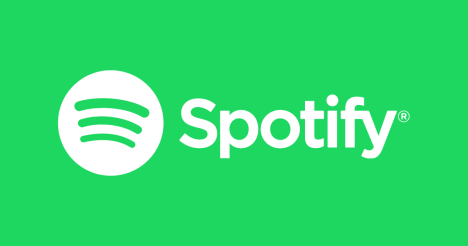Spotify sees the future in audio ads but wrestling with monetising premium service
Spotify is riding a resurgence in interest in audio and its global head of audio monetisation wants advertisers along for the ride. But, as Les Hollander admits, the solution is a complex one.
Ask Les Hollander what the future looks like and he pauses, ponders for a minute and then apologises. He know’s it’s there, but he just can’t see it.
 What he does see, though, is that whatever it is, Spotify will have a hand in it. And advertisers will be along for the ride because the power of music, the product of the industry that was first to feel the impact of digital disruption, will remain all-consuming.
What he does see, though, is that whatever it is, Spotify will have a hand in it. And advertisers will be along for the ride because the power of music, the product of the industry that was first to feel the impact of digital disruption, will remain all-consuming.
Hollander is Spotify’s global head of audio monetisation, a radio industry veteran having worked at both CBS and Clear Channel before being bitten by the digital bug and finding his way to the streaming giant through a start-up, followed by Pandora.
A major area Hollander admits is a challenge for Spotify is understanding how to unlock the value of its premium audiences for marketers without upsetting the people paying for an interruption-free service.


Isn’t the purpose of Spotify’s premium service that it is already monetised? I pay $12 a month for an ad free service, on top of a bunch of other features. Adding advertising to the premium offer would be double dipping and would definitely make me stop and think about going elsewhere. If I’m going to be hearing advertising, then what exactly am i paying for?